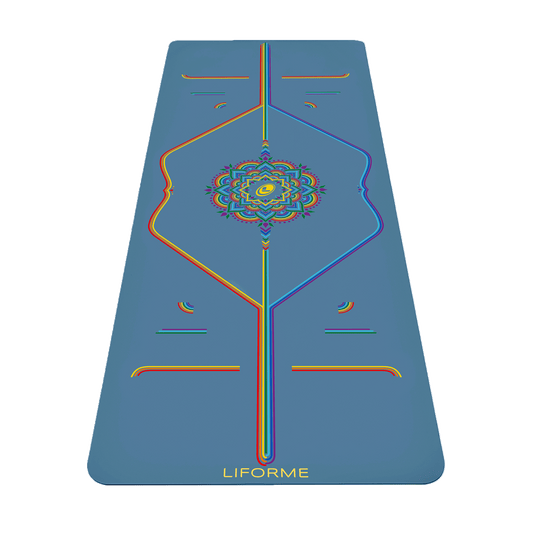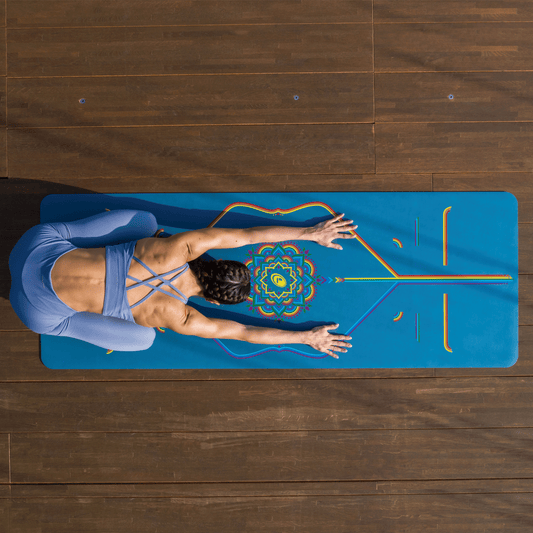If you interact with small children, you’ll notice that they pop a squat without a second thought. As we get older, we often move away from this very natural way of sitting. We’re introduced to desks and chairs, and the more time we spend in them, the less agile our bodies become. At the same time, we’re distancing ourselves from our close relationship with the Earth. Squatting grounds our bodies and helps us reconnect to a child’s perspective and flexibility.
Understanding the reasons to squat is one thing but taking up the practice is quite another. It can feel awkward or even painful if you are out of practice, but with the right alignment cues and props, you’ll soon be hunkering down more easily.
Garland Pose Basics
Sanskrit Meaning: Mala (Garland) Asana (Pose)
Yoga Level: Beginner
Pose Type: Standing
Benefits: Stretches your hips, groins, low back, shins, ankles, and feet.
Key Alignment Cues to Keep in Mind
- Keep your weight back in your heels. You can't do this if you are on the balls of your feet, so use a prop under your heels if they come up.
- Don't round your spine. Keep your shoulders back and your neck long. This feels more natural when the heels are properly rooted.
- Keep your gaze on the horizon. Don't look down.

Step by Step Instructions
-
Stand at the front of your yoga mat with your feet a bit wider than your hips.
-
Turn your toes out about 45 degrees.
-
Bend your knees and lower your butt as close to the floor as possible.
-
Once you are in a position you can sustain, let your butt sink toward the floor and lift your chest.
-
Take your elbows to the insides of your knees. Bring your hands to Anjali Mudra at your heart. You can apply a little pressure with your elbows to widen the knees.
-
Stay here for five to ten cycles of breath.
- Straighten your legs to come out.
Tips for Beginners
- If you can’t lower all the way down, try taking your feet a little wider.
- If your heels come off the floor, roll up a blanket and place it under them for support.
- If you can’t hold the pose, take a block (stack several if necessary) under your butt so you are sitting on the block(s).
Variations
Revolved Garland (Parivrtta Malasana)
- Take both hands to the floor inside your legs while continuing to put pressure on your knees with your elbows.
- Lift your left arm diagonally, opening toward the back of the room as you twist your torso and turn your gaze to the left.
- Keep the right hand on the floor and right arm pressing into the right leg.
Bound Garland (Baddha Malasana)
- From Parivrtta Malasana, release your left arm behind your back.
- Bring your right hand off the floor.
- Keeping your upper right arm inside your right thigh, wrap your forearm in front of your knee and then behind your back.
- Join hands behind your back
- Use the traction of the bind to open your twist to the left.
Squat A Lot
Malasana can feel quite awkward the first few times you do it, but it soon become more comfortable if you do it regularly. The alignment of this posture really hinges on having your heels on the floor, so use the props you need right from the start to establish good habits. With consistent practice, you’ll soon find you can prop less and less.
Read more: Yoga's Natural Connection to the Earth, Anjali Mudra: A Simple Gesture with Big Meaning





































